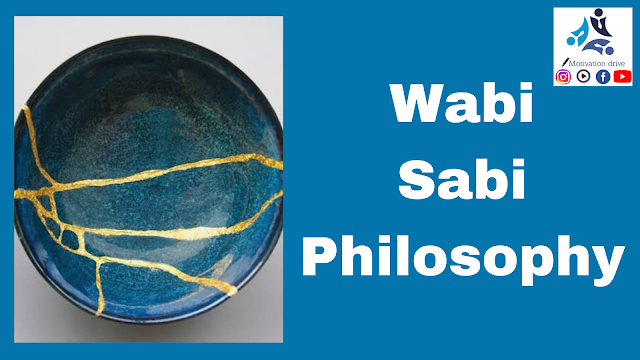Introduction Growing up, we accept the world exactly as it is explained to us. As children, we trust parents, teachers, elders, cartoons, and textbooks without hesitation. If something is said confidently enough, we believe it must be true. Questioning feels unnecessary—after all, why would adults be wrong? But adulthood has a funny way of revealing the truth. As we grow older, we slowly realize that many things we believed as kids were not facts at all. They were myths, half-truths, or oversimplified explanations passed down for convenience, discipline, or storytelling. Some of these ideas were harmless, while others shaped how we thought about our bodies, intelligence, and the world around us. Unlearning these myths is part of growing up. It sharpens our thinking and reminds us of an important life lesson: just because something is widely believed doesn’t mean it’s true. Let’s revisit some of the most common childhood myths that turned out to be completely wrong. 1. Bulls ...
Introduction
Wabi Sabi is a very important characteristic feature of traditional Japanese beauty. This philosophy encourages us to focus on the blessings that we have in our daily lives. It says that we should celebrate things the way they are instead of thinking about how they should be. It is hard to define Wabi Sabi but its simple translation is, Wabi refers to subdued, austere beauty, and Sabi refers to Rustic patina. Thus, in simple words, it has focused on taking pleasure in the imperfect. Wabi-Sabi teaches us to avoid the obsession of the modern world with perfection and accept imperfections as they are meaningful and beautiful.Expensive Tea Pots in Japan:
A tradition, well known as the Japanese Tea Ceremony went through a significant shift in the 16th century as earlier this tea ceremony was about luxury but later, the masters of the Tea ceremony changed the ideals by prizing items with used and rugged appearance. They believed in finding beauty in rustic simplicity. Wabi-Sabi is an aesthetic philosophy that accepts the deterioration of human and material existence. A beautiful porcelain teacup used for many years gets chipped and scratched from use. But it acquires value and beauty from its history which is quite rich and valuable. Wabi-Sabi also teaches us lessons for our actions in our daily lives, our perspective about the world, and our own lives as well.Ways to practice Wabi-Sabi
Although there are many ways, four important ways to imbibe this philosophy into our everyday life are as follows:Practice Mindfulness: It refers to the art of living in the present moment. We need to train our minds to be mindful of the here and now. That’s how we can enjoy the positive moments every day. To do this we should take out a few minutes daily to focus on our breath, body sensations, and our emotions.
Own your life and your story: Look back and reflect on the path you’ve travelled in your life. Embrace your journey, your story. We need to look at all the ups and downs we have gone through and pay attention to the moments of joy. It is important to give love to the scars that have marked our lives.
Learn from your experiences: When situations are not favourable and things go against our expectations, we should always extract lessons that we can learn from such adversities. If we learn from our struggles or our failure, we become creators rather than victims. This allows us to cultivate a strong attitude toward changes and losses in our lives.Simple is Beautiful: We should try to find beauty in simplicity. By focusing on elements of joy and appreciation, we can learn to redefine beauty. To do this, we can start focusing on the objects that we’ve gathered around us, on our daily interactions with people meet, and on nature as well.


Comments
Post a Comment
Please do not add any spam link in the comment box